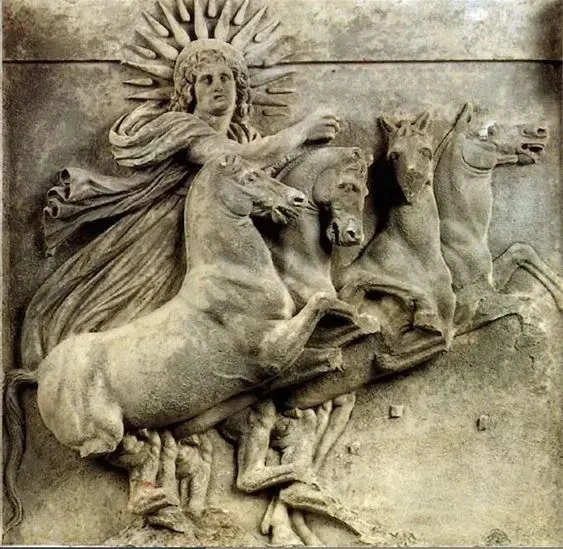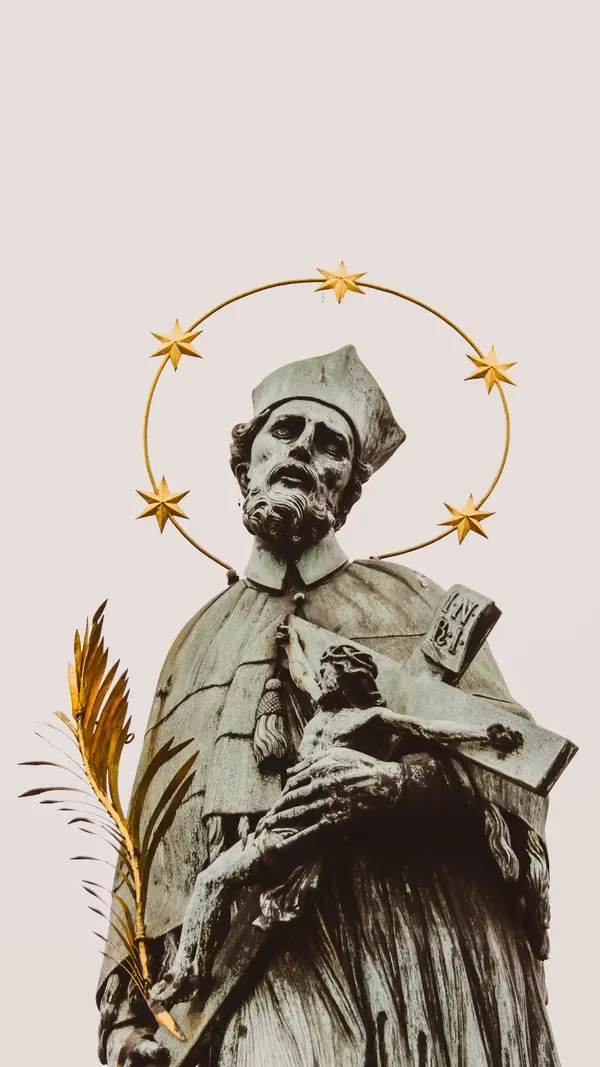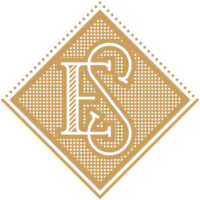Fascinating Facts About Halos in Religious Art You Never Knew
Fascinating Facts About Halos in Religious Art You Never Knew

Have you ever wondered what’s up with the golden circle behind the saints?
That glowing ring called a halo, has been used in Christian art for centuries to signify holiness, divine favor, and the presence of God’s grace. But where did it come from?

Early Origins
The idea of a radiant aura around holy figures predates Christianity. Ancient Greeks and Romans depicted their gods and emperors with a luminous crown or nimbus, symbolizing their connection to the divine. The Roman sun god Sol was often shown with a radiant halo, reinforcing his role as the source of light and life. Emperors, seeking to associate themselves with divine authority, adopted this imagery to emphasize their power. Early Christians later transformed this motif to honor Christ, the Virgin Mary, and the saints.

Evolution of Christian Art
By the Middle Ages, halos became standard in religious art. Byzantine icons often featured solid gold discs, while Renaissance artists like Fra Angelico and Giotto introduced more detailed and realistic depictions—sometimes making the halos translucent or three-dimensional.

The Glow Lives On
While less common in modern religious art, halos are still seen in stained glass windows, iconography, and even popular culture—continuing to represent holiness and sanctity.”The saints are like stars; for one in brightness, another in dimness, yet all are fixed in the firmament of His glory.”~ Saint Augustine
Next time you’re in a church or museum, look for these glowing rings. Each one carries a piece of this amazing story – from ancient symbols to modern-day saints. And maybe, just like me, you’ll see them as more than just circles of light, but as windows into a fascinating history of how we’ve shown holiness through art.
Soli Deo Gloria
Be sure to visit our online store front Ecclesiastical Sewing where you may shop for Liturgical Fabrics, altar linen fabrics, church vestment-making patterns, liturgical machine embroidery designs, church vestment trims and notions and so much more. You may also find us on Ecclesiastical Sewing on Facebook, Twitter, and Pinterest. Sign up for our mailing list at the bottom of the page on our online store front and receive a free copy of our Small Linens Booklet as our way of saying thank you for following along.
Facts About Duluth Minnesota’s Cathedral You Didn’t Know
Christianity’s Victory Over Ancient Paganism






 RSS - Posts
RSS - Posts
You must be logged in to post a comment.